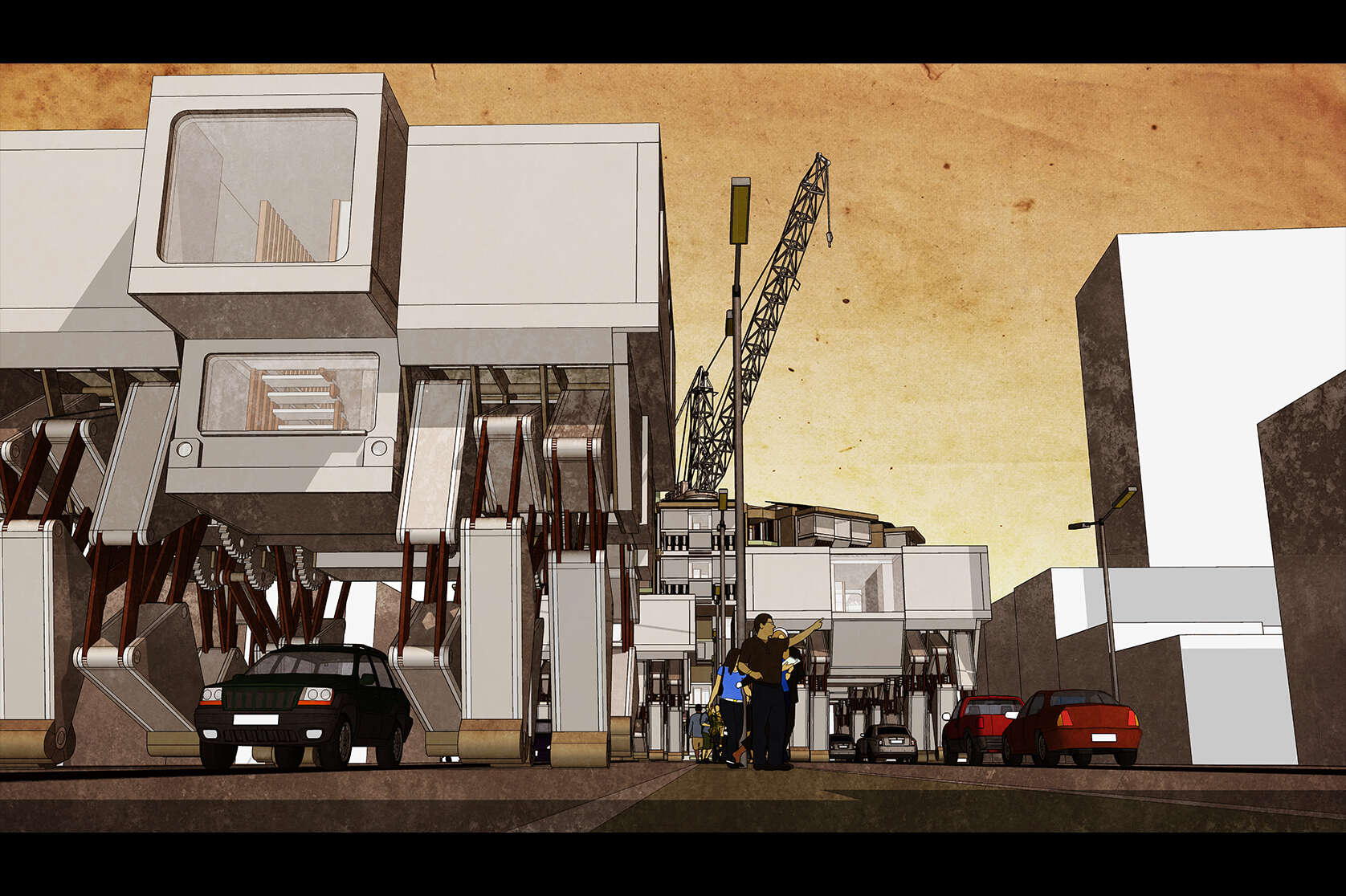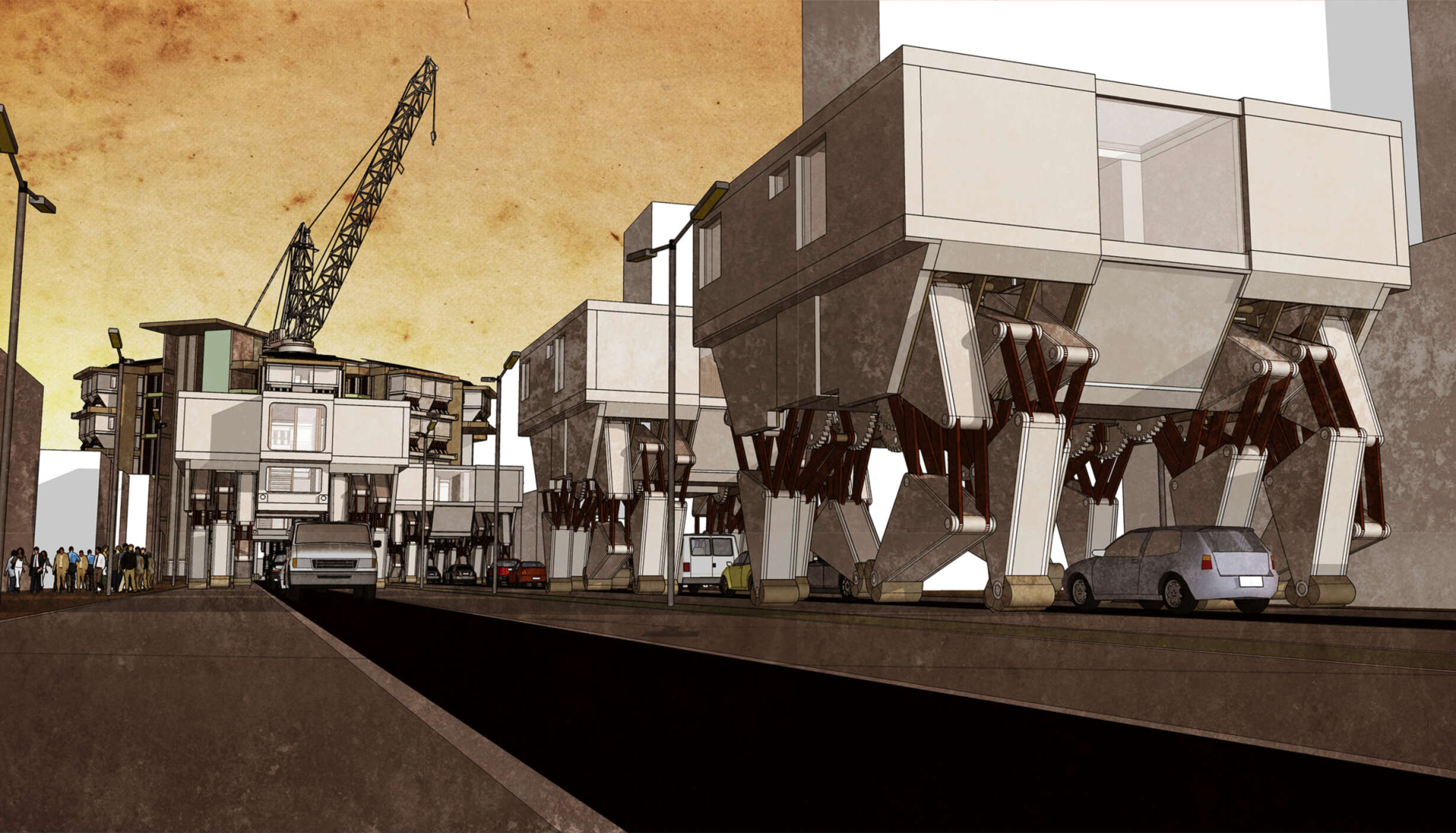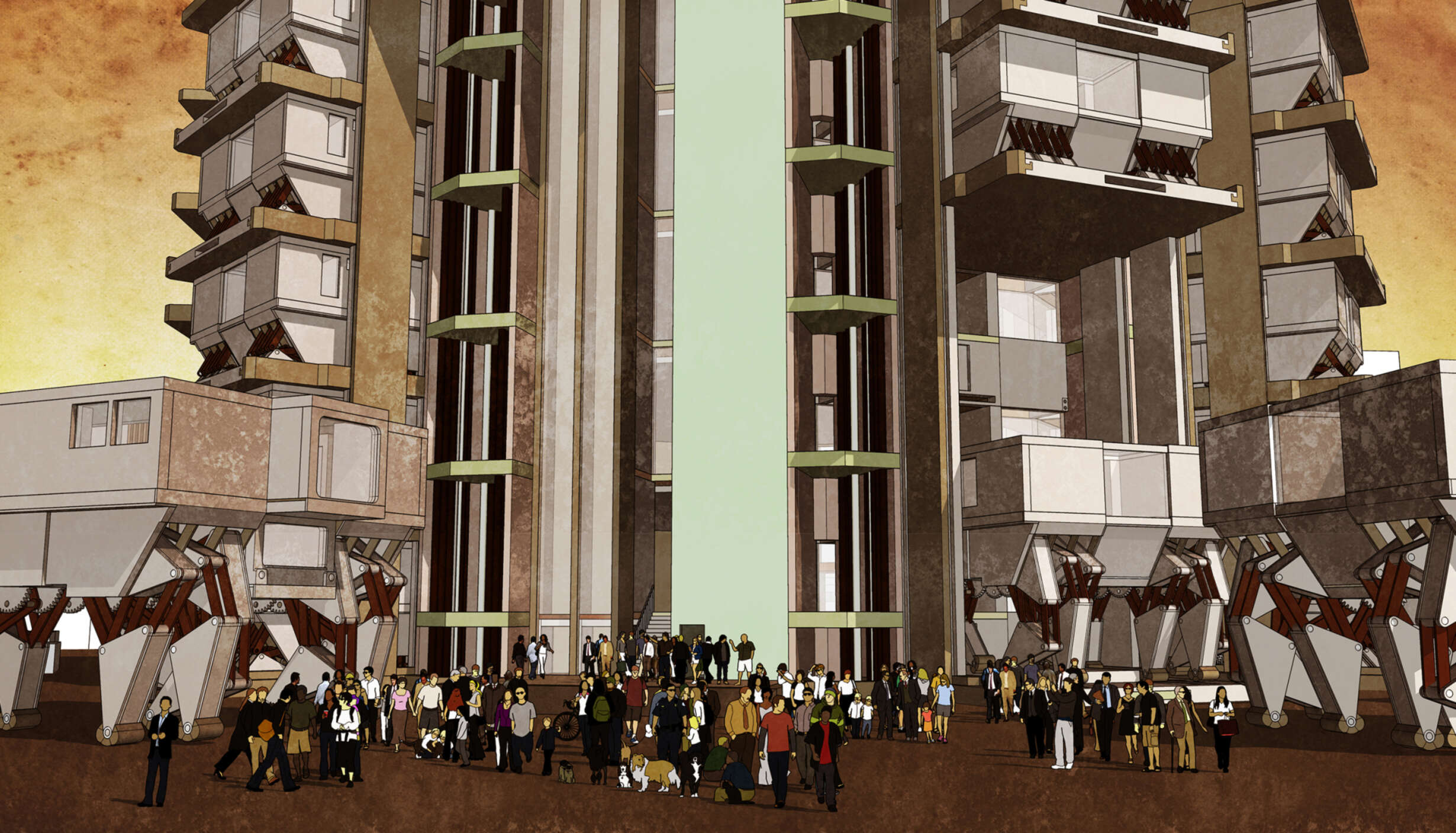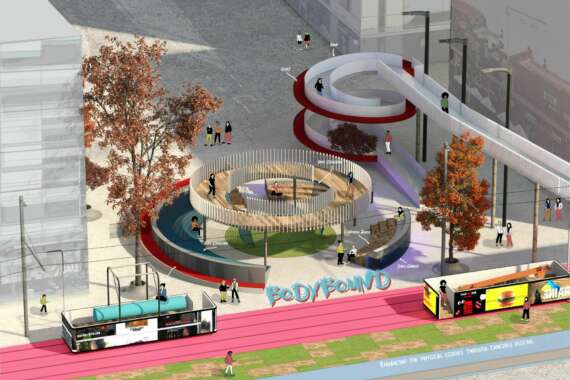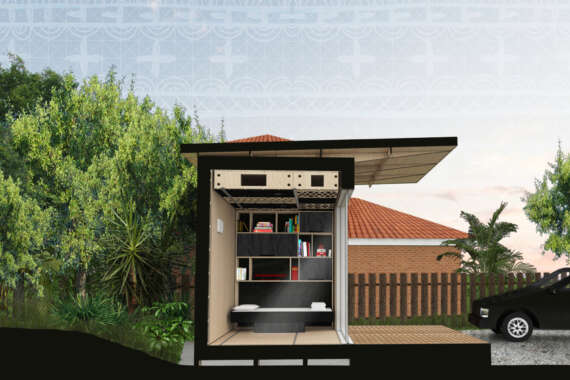Change is an indisputable element of our environment. Change can be recognised when nature changes, or it simply occurs when human decisions alter present situations. Since dealing with change is unpredictable and often leads to conflict between two opposing groups, it can be resolved poorly or even left untouched, later becoming increasingly problematic for future generations.
Technological advancements have strengthened our ability to fulfil socio-economic changes and needs. Since technology changes too fast too often, we start adapting to the pace of change, and the expendable behaviour slowly becomes inevitable. Products quickly become outdated and replaced as a consequence of the increasing change in our way of living. Since the population in this expendable generation keeps growing and natural resources are limited, our homes, which are meant to last for generations, will eventually be a problem due to their incapability to adapt to this changing environment.
The expendable behaviour, however, is often misunderstood as a bad behaviour because it is usually associated with natural resource crises. Peter Cook refers to it as ‘the product of a sophisticated consumer society’1. This thesis examines theoretical projects by Archigram and the Metabolist movement in architecture through creative modelling and drawing to find appropriate technologies and approaches towards an architecture of change: an ‘Evolutionary Architecture’.
How can we produce an architecture that responds to environmental and socio-economic changes without becoming obsolete? Through multi-disciplinary research and experiments this thesis addresses how to tackle the complexity of change and its impact on the success of design. The outcome is intended to create the systems, elements and language of Evolutionary Architecture for future designs, with a common goal allowing the structure to grow and adapt to the changing environment, and to fulfil the dynamic changes driven by our needs.
